Rentuo Tao
Regularization And Normalization For Generative Adversarial Networks: A Review
Aug 19, 2020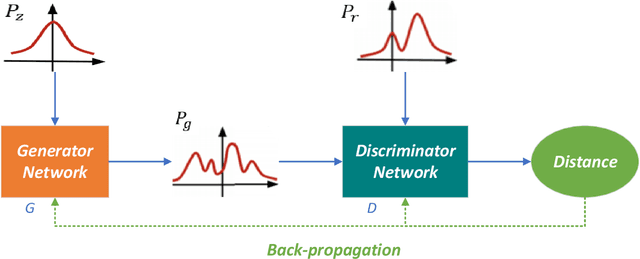
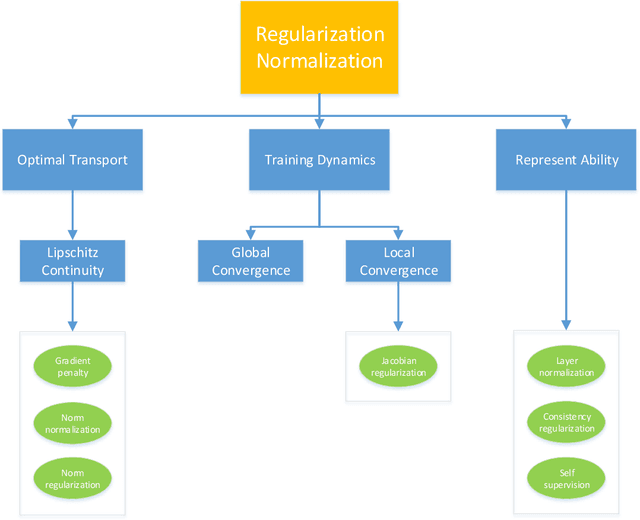
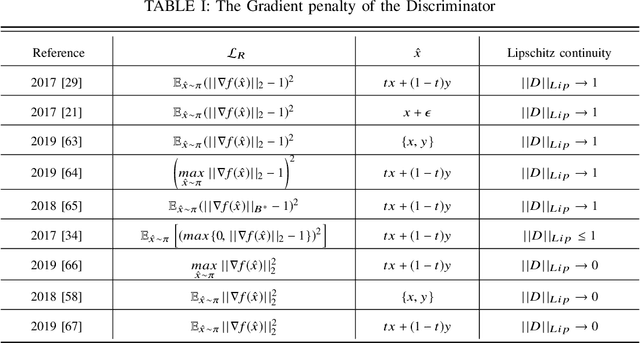
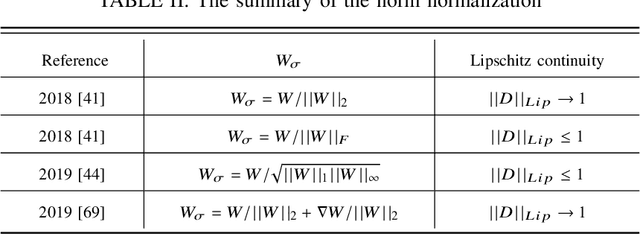
Abstract:Generative adversarial networks(GANs) is a popular generative model. With the development of the deep network, its application is more and more widely. By now, people think that the training of GANs is a two-person zero-sum game(discriminator and generator). The lack of strong supervision information makes the training very difficult, such as non-convergence, mode collapses, gradient disappearance, and the sensitivity of hyperparameters. As we all know, regularization and normalization are commonly used for stability training. This paper reviews and summarizes the research in the regularization and normalization for GAN. All the methods are classified into six groups: Gradient penalty, Norm normalization and regularization, Jacobian regularization, Layer normalization, Consistency regularization, and Self-supervision.
Interpreting the Latent Space of GANs via Correlation Analysis for Controllable Concept Manipulation
May 23, 2020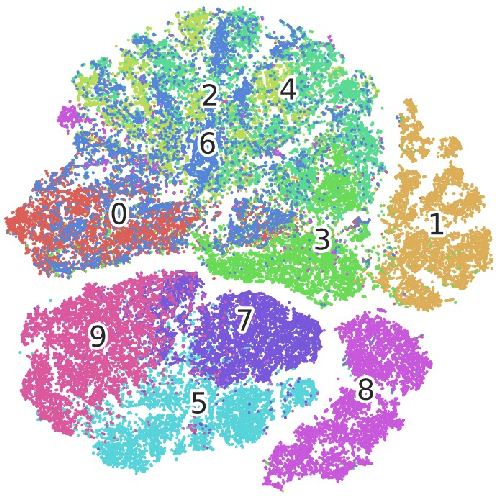
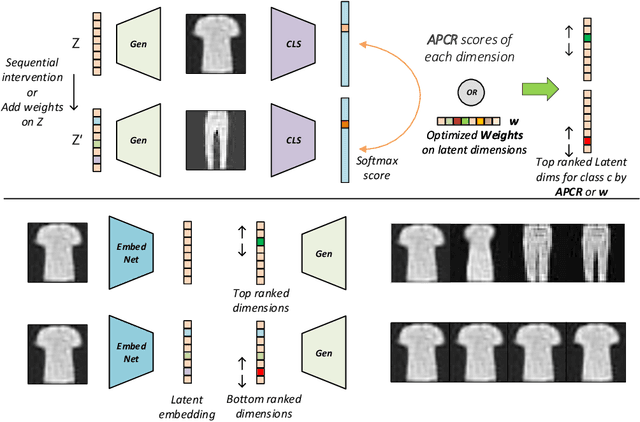
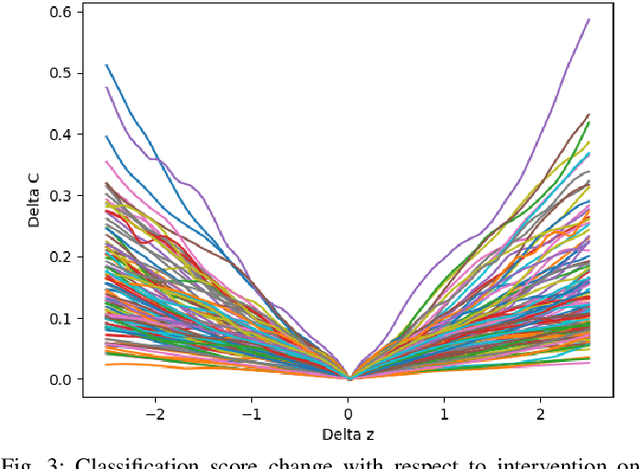
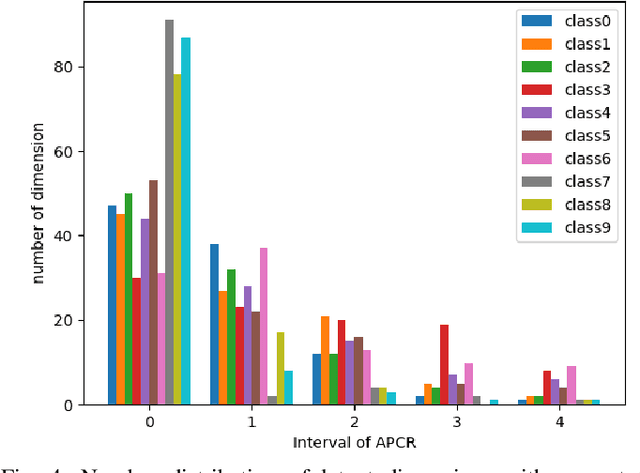
Abstract:Generative adversarial nets (GANs) have been successfully applied in many fields like image generation, inpainting, super-resolution and drug discovery, etc., by now, the inner process of GANs is far from been understood. To get deeper insight of the intrinsic mechanism of GANs, in this paper, a method for interpreting the latent space of GANs by analyzing the correlation between latent variables and the corresponding semantic contents in generated images is proposed. Unlike previous methods that focus on dissecting models via feature visualization, the emphasis of this work is put on the variables in latent space, i.e. how the latent variables affect the quantitative analysis of generated results. Given a pretrained GAN model with weights fixed, the latent variables are intervened to analyze their effect on the semantic content in generated images. A set of controlling latent variables can be derived for specific content generation, and the controllable semantic content manipulation be achieved. The proposed method is testified on the datasets Fashion-MNIST and UT Zappos50K, experiment results show its effectiveness.
DA-RefineNet:A Dual Input Whole Slide Image Segmentation Algorithm Based on Attention
Jul 23, 2019
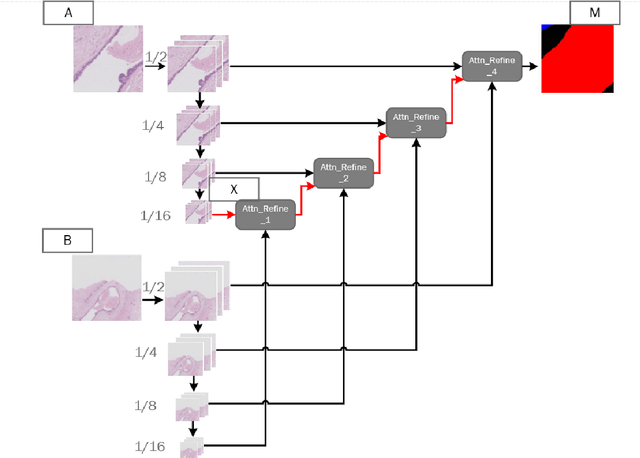
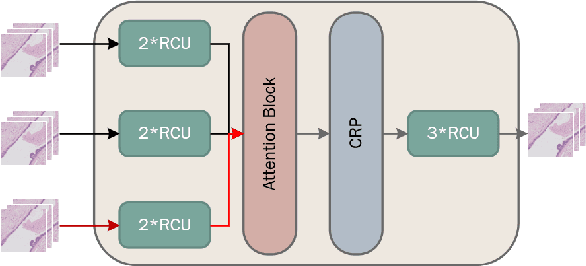
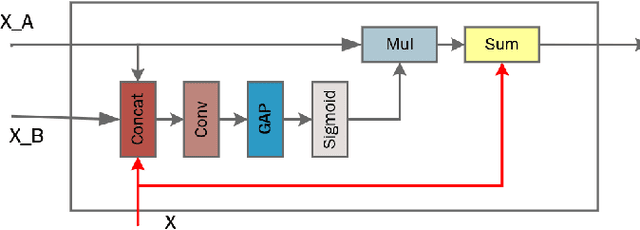
Abstract:Due to the high resolution of pathological images, the automated semantic segmentation in the medical pathological images has shown greater challenges than that in natural images. Sliding Window method has shown its effect on solving problem caused by the high resolution of whole slide images (WSI). However, owing to its localization, Sliding Window method also suffers from lack of global information. In this paper, a dual input semantic segmentation network based on attention is proposed, in which, one input provides small-scale fine information, the other input provides large-scale coarse information. Compared with single input methods, our method based on dual inputs and attention: DA-RefineNet exhibits a dramatic performance improvement on ICIAR2018 breast cancer segmentation task.
 Add to Chrome
Add to Chrome Add to Firefox
Add to Firefox Add to Edge
Add to Edge